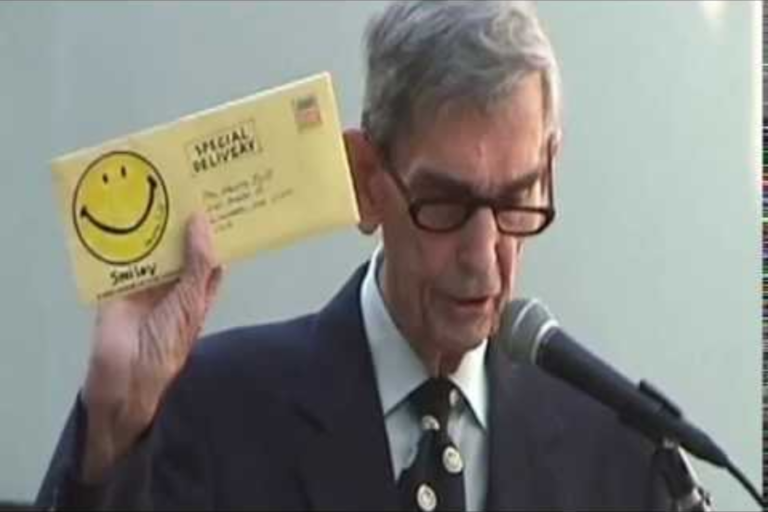“Pulsamento: The Heartbeat of Latin American Music”
Introduction:
“Pulsamento,” ah, presently there’s a word that is something other than a lot of letters hung together.
It resembles a secret fortune, holding inside it a universe of secrets and implying that goes a long way past its straightforward definition.
Pulsamento isn’t simply a word you track down in a dusty old word reference; an idea’s woven into the texture of our lives, contacting everything from the thump of our souls to the musicality of the actual universe.
At its center, pulsamento is about association — the beating heartbeat of presence that integrates us all in a snare of energy and vibration.
The concealed power drives us forward, directing us through the ups and downs of existence with a consistent hand and a resolute beat.
However, pulsamento is something beyond a figurative idea; an unmistakable peculiarity influences us on a profoundly mental and physiological level.
At the point when we tap into the pulsamento of our general surroundings, we free ourselves up to an entirely different range of potential outcomes, where inventiveness streams uninhibitedly and motivation exceeds all logical limitations.
From the cadenced examples of music to the throbbing energy of a packed city road, pulsamento is all over in the event that you know where to look.
It’s the heartbeat of a country commending a triumph, the delicate pause in waves running into the shore, and the consistent murmur of a clamoring commercial center.
However, maybe in particular, pulsamento is an update that we are undeniably associated — that underneath the outer layer of our disparities lies a common humankind that joins all of us.
What’s more, when we embrace the pulsamento of our general surroundings, we tap into a wellspring of force and flexibility that can bring us through even the happiest of times.
In this way, the following time you hear “pulsamento,” recollect that it’s something other than a word — it’s a door to a universe of marvel and probability, ready to be investigated.
What is Pulsamento?
Pulsamento — it resembles the heartbeat of Latin American music, siphoning life and energy into each note.
Envision being cleared away by the compelling musicality, feeling it beat through your veins and mix your spirit.
At its center, pulsamento is tied in with making development and essentialness inside the music.
It’s about something beyond playing the right notes; it’s tied in with saddling the force of sound to move audience members to a different universe.
Also, who are the planners of this sonic scene? Artists outfitted with an armory of percussive instruments — drums, maracas, claves — all cooperating to drive the beat forward.
With each beat, they add profundity and force to the music, constructing a notch that is difficult to stand up to.
However, what truly sets pulsamento apart is its capacity to layer various rhythms on top of one another, making a rich embroidery of sound that charms the faculties.
It’s like painting with music, mixing tints of beat and song to make a show-stopper that is both intricate and convincing.
What’s more, we should not disregard the transaction among instruments and vocals — the manner in which they dance around one another, zigzagging all around the song with accuracy and effortlessness.
An orchestra of sound’s however is elating as it could be inebriating.
In this way, the following time you wind up getting up to speed in the throbbing beat of Latin music, pause for a minute to see the value in the sorcery of pulsamento.
It’s something beyond music; a vivid encounter lights the spirit and liberates the soul.
What does Pulsamento mean?
Pulsamento, it resembles the heartbeat of life, you know? This consistent musicality simply beats through everything, associating us all in manners we probably won’t understand.
It resembles while you’re standing by listening to music and you feel that beat in your chest, or while you’re moving and you’re moving to the cadence without a second thought.
However, it’s not simply in music and dance, it’s all over, in nature, in workmanship, in the manner in which we carry on with our lives.
Consider it, you know while you’re strolling through the woodland and you can feel the consistent beat of life surrounding you? That is pulsamento.
Or on the other hand while you’re taking a gander at a work of art and there’s only something about it that impacts you, that is pulsamento as well.
This general mood integrates every one of us, regardless of where we’re from or what we have confidence in.
What’s more, it’s not only an illustration, it’s a genuine article. Our hearts thump in musicality with our general surroundings, and that beat is pulsamento.
It keeps every one of us associated, which makes all of us a player in an option that could be greater than ourselves.
So whenever you’re feeling off kilter, simply tune in for that throbbing beat, and let it guide you back to where you should be.
The Origins and History of Pulsamento:
Pulsamento is a cadenced procedure in music that brings an exuberant, fiery feel to serious areas of strength for through and complements.
Its underlying foundations can be followed back to the rich practices of Latin American people’s music, particularly from nations like Argentina and Cuba.
In shorts like tango and flamenco, pulsamento has been a characterizing highlight, adding a lively heartbeat that makes the music wake up.
“Pulsar” signifies “to beat” or “to beat,” impeccably catching the embodiment of this unique style.
As performers wove pulsamento into their pieces, it developed into an unmistakable component known for its irresistible enthusiasm and enamoring rhythms.
As time went on, pulsamento crossed lines and tracked down its direction into contemporary music all over the planet.
Artists a long ways past Latin America have been propelled by its extraordinary characteristics, trying different things with better approaches to mix this procedure into current sounds.
Today, the tale of pulsamento is as yet unfurling, as it proceeds to impact and move performers and audience members all over the place.
By taking a gander at the historical backdrop of pulsamento, we can see the value in why it remains so famous.
It’s something beyond a melodic method — a heartbeat interfaces the past with the present, resounding with individuals across societies and ages.
Facts:
Origin: Pulsamento originated in Latin American folk music, particularly in Argentina and Cuba.
Genres: It plays a crucial role in genres like tango and flamenco.
Meaning: The term “pulsar” translates to “to pulse” or “to beat,” reflecting the technique’s rhythmic essence.
Instruments: Commonly associated with percussive instruments like drums, maracas, and claves.
Global Influence: Pulsamento has influenced contemporary music beyond its Latin American origins.
Musical Technique: Known for layering different rhythms to create a rich, complex sound.
Connection: Pulsamento represents a universal rhythm that connects people, cultures, and the natural world.
Evolution: Musicians continue to experiment with pulsamento, incorporating it into modern music.
Summary:
Pulsamento is a rhythmic technique in music characterized by strong beats and accents. Its origins trace back to traditional Latin American folk music from countries like Argentina and Cuba, where it has been a significant element in genres such as tango and flamenco. The term “pulsar,” meaning “to pulse” or “to beat,” encapsulates the essence of pulsamento, reflecting its dynamic and infectious energy. Over time, pulsamento has transcended its Latin American roots, influencing contemporary music worldwide. Understanding its historical context helps appreciate its enduring popularity and its ability to connect people through a universal rhythm.
FAQs:
Q1: What is pulsamento?
A1: Pulsamento is a rhythmic technique in music characterized by strong beats and accents, originating from Latin American folk music.
Q2: Which countries are credited with the origins of pulsamento?
A2: Argentina and Cuba are credited with the origins of pulsamento.
Q3: In which musical genres is pulsamento prominently featured?
A3: Pulsamento is prominently featured in genres such as tango and flamenco.
Q4: What does the term “pulsar” mean?
A4: The term “pulsar” means “to pulse” or “to beat.”
Q5: How has pulsamento influenced contemporary music**
A5: Pulsamento has transcended its Latin American roots to influence contemporary music globally, with musicians incorporating its dynamic rhythms into various modern genres.
Q6: What instruments are typically associated with pulsamento?
A6: Percussive instruments like drums, maracas, and calves are typically associated with pulsamento.
Q7: Why is pulsamento considered a universal rhythm?
A7: Pulsamento is considered a universal rhythm because it connects people, cultures, and the natural world through its dynamic and infectious beats.
Q8: How has pulsamento evolved over time?
A8: Over time, pulsamento has evolved as musicians experiment with new ways to incorporate its techniques into modern music, continually influencing and inspiring both artists and listeners.






